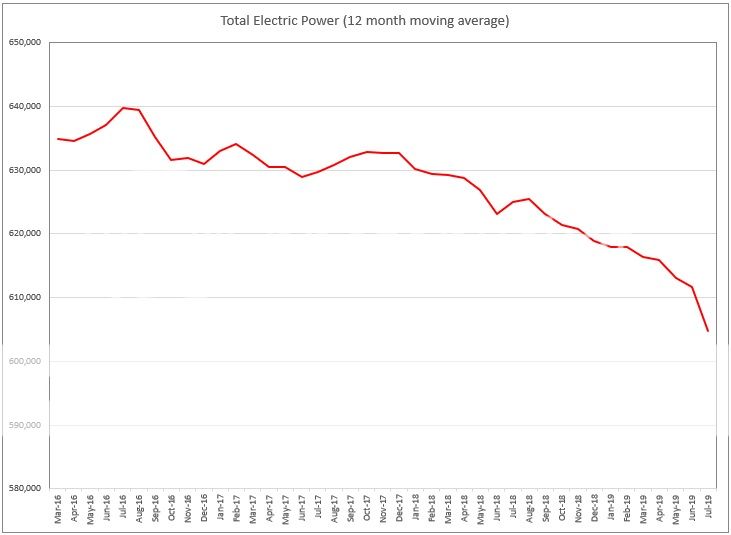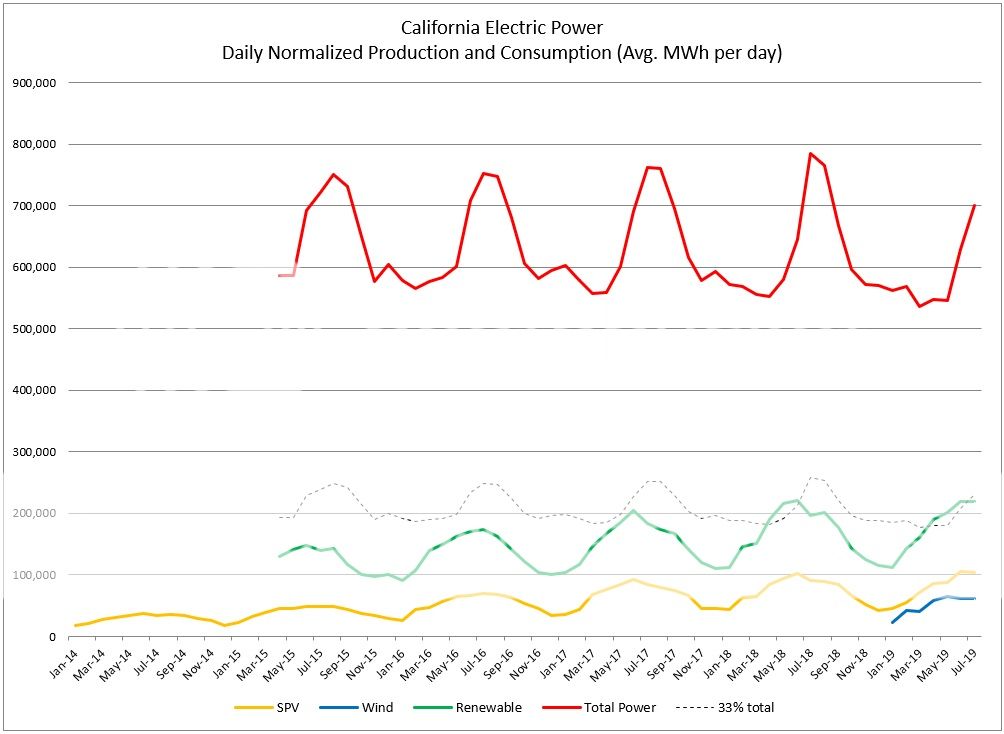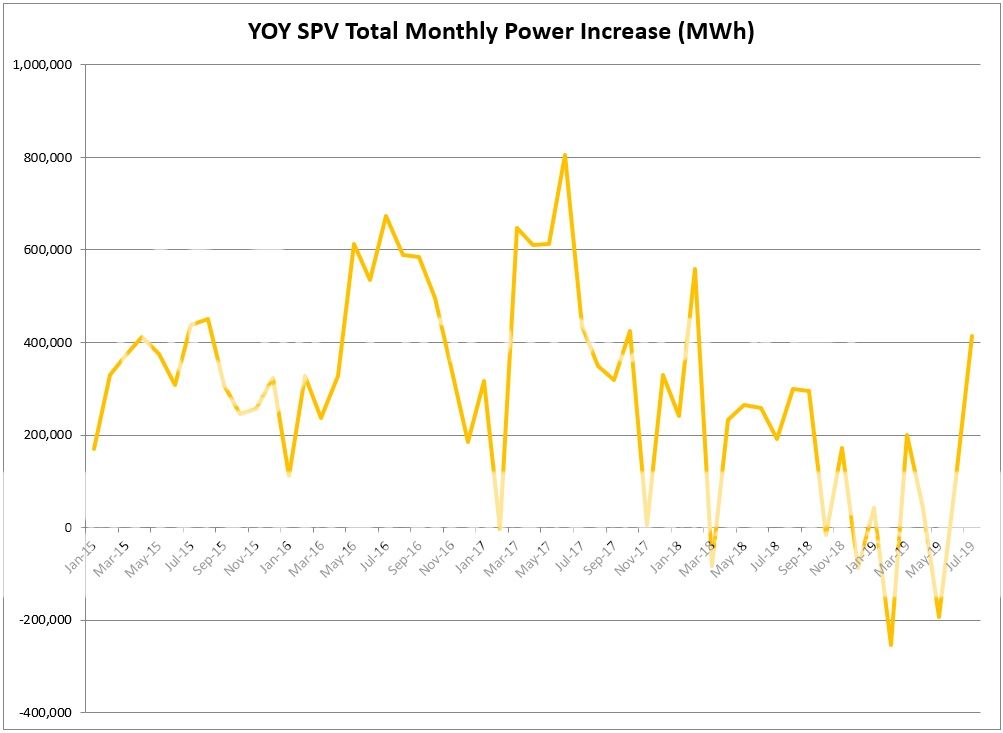SageBrush
REJECT Fascism
I've been amazed how fast inverter costs are dropping, in particular the marginal cost difference between a 3 kW and 5 kW inverter.I hope that more people come to recognize that inverter saturation is a good thing
E.g., a 5 kW SMA at renvu.com is $80 more than the 3.8 kW model. That works out to 4.67 cents a watt after tax credit. I think about it this way: If a 5 kW PV system attached to a 3.8 kW inverter costs $10,000 after tax credits, the same PV attached to a 5 kW inverter would cost $10,056 -- 0.56% more money. If the clipping is more than 0.56% of generation the choice was probably poor.
I'm also inclined to think that an inverter will have better reliability if run under-spec.
This notion of saturating the inverter as a cost optimization strategy for the entire system is mostly obsolete. It still has merit when the utility is capping system size by the inverter or AC generation.
Last edited:






